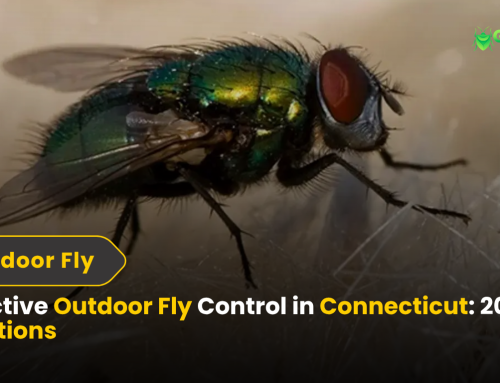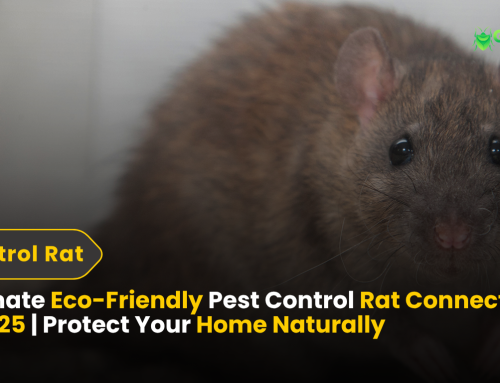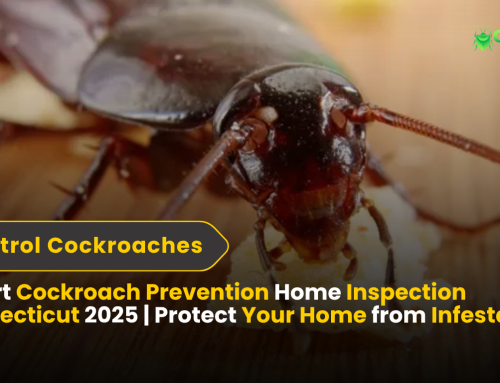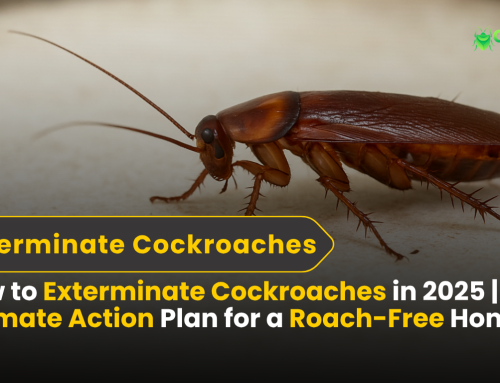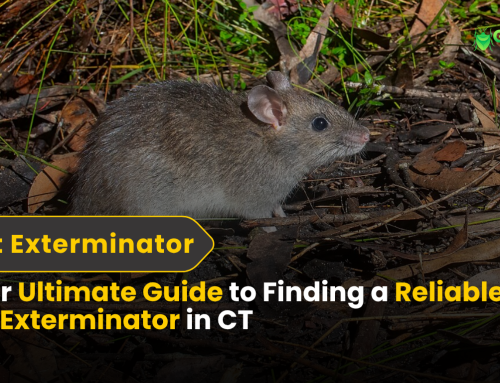How to Get Rid of Carpenter Ants: A Detailed Guide
Crapenter ants are more expected than just a nuisance; they can cause a massive structural damage to your properly whether it is land, home or building it affect all badly. if left unchecked. Unlike termites, carpenter ants dont consume wood but hollow it out to create nesting spaces Over the time, this burrowing can badly weaken wooden structures, leading to the high costly repairs. This blog will guide you through effective ways to identify, control, and eliminate carpenter ants while addressing common questions and misconceptions.
What Are Carpenter Ants?
Among other pests Carpenter ants are among the largest ant species, ranging in size from ¼ to ½ inch. Their coloration actually varies but is typically black, red, or a combination of the two. While they do not eat wood like termites, they excavate it to create nests, making them a threat to homes and other wooden structures. Carpenter ants prefer damp or decayed wood, but they can expand their colonies into sound wood if their population grows.
Understanding The Life Cycle of The Carpenter Ants
Understanding the life cycle of carpenter ants can help in effectively eliminating them. A carpenter ant colony has three main castes or types;
- Queens: Responsible for laying eggs, the queen can live for several years.
- Workers: These ants forage for food, care for the young, and maintain the nest. Workers can live up to a year.
- Swarmers (Winged Ants): These reproductive ants leave the colony to establish new nests, usually during the spring or summer months.
The colonies growth begins with a fertilized queen laying eggs, which develop into larvae, pupae, and finally in the adults ants. A single colony can be a house thousands of ants, including multiple queens in some cases that provide massive impact to home structure.
Signs of a Carpenter Ant Infestation
Identifying an infestation early can prevent extensive damage. Here are the key signs:
1. Sawdust-Like Material (Frass):
Carpenter ansts push wood shavings, debris and insect parts out of their nests, often creating small pies nears infested areas
2. Rustling Sounds:
You might be faint rustling or crinking noises inside walls or wooden structure, especially at night when the ants are most active.
3. Presence of Winged Ants:
Swarming ants, especially in inoodrs indicate a mature colony . these winged ansts are often mistake for temites
4. Hollow-Sounding Wood:
Tapping on infested wood may also produce a hollow sound due to extensive tunneling effect
5. Visible Ant Trails:
Carpenter ants often from trils as they travel between theti nest and food sources. These trails are typically more active during nighttime.
How to Get Rid of Carpenter Ants Withing Your Space?
Eliminating carpenter anst require a systemati approach. Follow these steps to tackle the problem effectively:
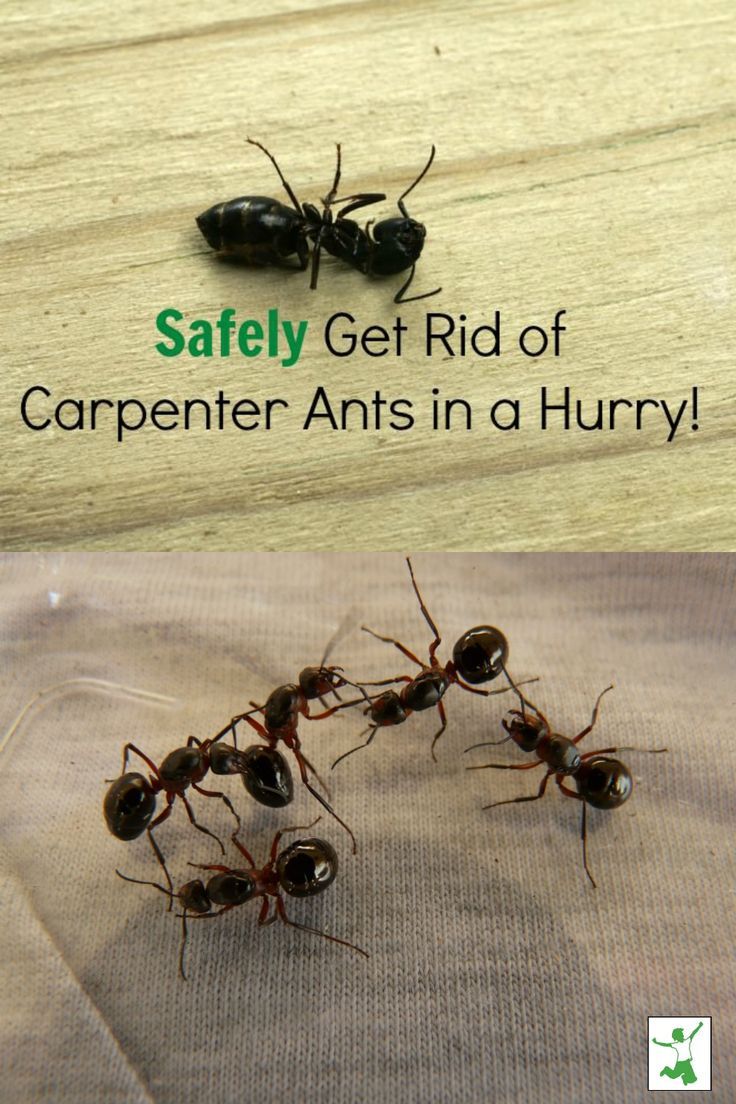
Locate the Nest
Finding the exact nest is crucial for successful extermination. Carpenter ants often buld nests in damp or decayed wood but extend into sound wood or other materials like insulation.
- Inspect Potential Nesting Areas: Look for frass piles, damaged wood, or ant trails.
- Use a Flashlight: Inspect dark, hidden areas like crawl spaces, attics, and basements. Pay attention to areas with moisture issues, such as near leaky pipes or under sinks.
- Follow the Ants: Observe ant trails to trace them back to their nest.
Eliminate Attractants
Reducing factors that attract carpenter ants can discourage them from nesting or foraging in your home.
- Fix Water Leaks: Repair leaky pipes, faucets, and roofs to reduce moisture.
- Improve Ventilation: Use dehumidifiers or ventilation systems in damp areas.
- Remove Decayed Wood: Get rid of rotting wood, tree stumps, and fallen logs near your home.
- Store Firewood Properly: Keep firewood away from your house and off the ground.
- Seal Food Sources: Store food in airtight containers and clean up crumbs and spills promptly.
Use Of Baits
Baits are an effective way to eliminate carpenter ants, as they allow the poison to be carried back to the nest.
- Choose the Right Bait: Use ant baits containing boric acid or other slow-acting insecticides. Liquid and gel baits are particularly effective for carpenter ants.
- Place Baits Strategically: Set baits near ant trails or suspected nesting areas. Avoid placing them in areas that are regularly cleaned, as this may disrupt the ants’ activity.
- Be Patient: It may take a few days or weeks for the bait to work as the poison is distributed throughout the colony.
Apply Insecticides
Directly treating the nest with insecticides can accelrate the eliminating process.
- Insecticidal Sprays: Use sprays labeled for carpenter ant control. Apply them around entry points, baseboards, and areas near the nest.
- Insecticidal Dusts: Dusts are ideal for hard-to-reach areas like wall voids or cracks. Silica-based dust or boric acid powder is effective.
- Foaming Insecticides: These can penetrate deep into wood and other materials to reach hidden nests.
Seal All The Entry Points
Prevent reinfestation by sealing gaps and cracks around your home.
- Caulk Cracks and Gaps: Seal openings around windows, doors, utility pipes, and vents.
- Trim Vegetation: Cut back trees and shrubs that touch your house to eliminate bridges for ants.
- Install Screens: Use mesh screens on vents and other openings.
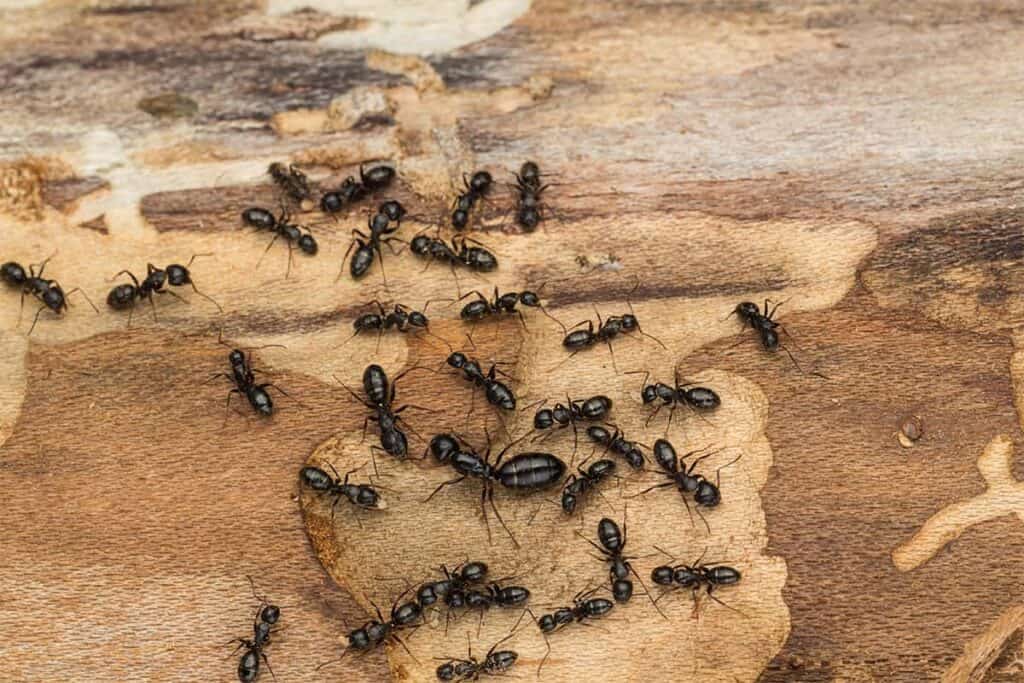
Call Professionals For services
If the infestation is extensive or DIY methods fail, hire a licensed pest control service company .Professionals use specialized equipment and methods, such as thermal imaging, to locate and eliminate nests.
FAQs About Carpenter Ants
Q1: Are carpenter ants dangerous?
Carpenter ants don’t bite or sting humans unless provoked. However, they can cause significant structural damage to buildings if left untreated.
Q2: How long does it take to get rid of carpenter ants?
The timeline depends on the size of the infestation and the methods used. Small colonies can be eliminated within a few weeks using baits, while larger infestations may take months and require professional intervention.
Q3: Can carpenter ants come back after treatment?
Yes, carpenter ants can return if the underlying issues, such as moisture or decayed wood, are not addressed. Regular inspections and preventive measures are essential.
Q4: What’s the difference between carpenter ants and termites?
- Diet: Carpenter ants burrow into wood but don’t consume it, while termites eat wood.
- Frass: Carpenter ants leave visible frass, whereas termites do not.
- Appearance: Carpenter ants have narrow waists and bent antennae, while termites have straight bodies and straight antennae.
Q5: Are natural remedies effective against carpenter ants?
Natural remedies like diatomaceous earth, vinegar, or essential oils (e.g., peppermint or tea tree) can deter carpenter ants but are less effective at eliminating established colonies.
Preventing Future Infestations
Once you’ve eliminated carpenter ants, take the following steps to prevent reinfestation:
- Maintain a Dry Environment: Fix leaks and ensure proper drainage around your home.
- Inspect Regularly: Periodically check for signs of carpenter ants or structural damage.
- Keep Firewood Away: Store firewood at least 20 feet from your home.
- Seal Your Home: Close all potential entry points, such as cracks and gaps.
- Trim Vegetation: Avoid having trees or shrubs directly touch your house.
Conclusion
Getting rid of carpenter ants requires persistence and a multi-pronged approach. Early detection is crucial to preventing structural damage, while addressing root causes like moisture and decaying wood is vital for long-term control. DIY methods such as baits and insecticides can be effective for small infestations, but professional pest control services may be necessary for larger or more complex cases.
By following the steps outlined in this guide, you can protect your home from carpenter ants and maintain a pest-free environment. Regular inspections and preventive measures will ensure that these destructive pests don’t return.


